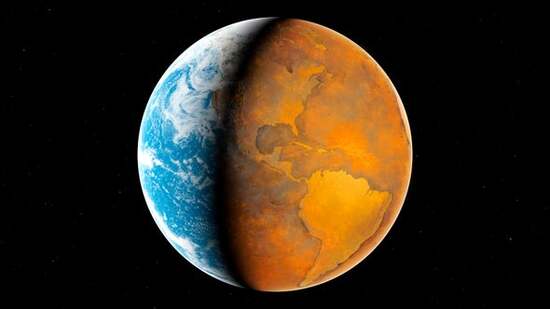Colombia is a country which sits on two continents–its mainland in South America, and several islands included in North America. Known colloquially as “the land that God kissed”, it is a tropical, extremely biodiverse nation covering 1,141,748 sq km/440,831 sq mi and having 50 million people. It has been inhabited since at least 12,000 BCE, though the Spanish arrived to colonize in 1499. Natives achieved their independence from Spain in 1819, and the modern-day Republic of Colombia was declared in 1866.
The single largest reason for governmental and economic instability in Colombia is the drug trade, specifically coca farming and production of cocaine, in both of which Colombia leads the world. Local and regional cartels have had tremendous power throughout the country for decades now, with horrific stories of coercion and abuse in pursuing their profits. Colombia was one of the United States’ principal targets in its highly militarized “War on Drugs”, a series of campaigns which began in 1971, and has extended well into the 2000s. It has helped keep Colombia’s government unstable and completely failed to stem the drug trade into the United States and elsewhere, to say nothing of the terrible social effects of it greatly increasing incarceration rates for US citizens, especially for blacks.
Natural geographic regions.
Colombia includes islands in both the Atlantic (western Caribbean) and Pacific Oceans, and is divided into six geographic regions: Insular, Caribbean, Pacific, Andes, Orinoco and Amazon (named after the two major rivers in the region, the Orinoco which flows through Venezuela, and the Amazon through Brazil). The islands are tropical in climate and share close cultural ties wo
Colombia. The Caribbean region is forested, crossed by many rivers, and very humid. The Pacific region is similar, but being near the Andes is rich in precious metals and is home to a thriving mining industry.
The Andes region is climatically diverse, being warm at lower elevations but increasing cold with altitude, and highly populated. The Orinoco (Llanos Orientales) region are high plains, more temperate than the lower forested region farther east, with rich farmland, and sparsely populated. The Orinoco, the Amazon and the Andes regions are where most of the coca is grown. The Amazon region likewise includes higher-altitude plains descending down to the Amazon River basin to the southeast.
Colombia was historically agrarian, but along with much of the rest of the world industrialized quickly in the 20th century. By 2000 only 15.8% of Colombians were involved in agriculture, which accounted for 6.6% of GDP. Industry (largely mining) represented just over 33% of GDP, and services slightly less than 60%. Colombia’s economy has grown rapidly in recent decades.
Bogotá.
Tomorrow: Colombia and climate change.
Be brave, and be well.









No comments:
Post a Comment